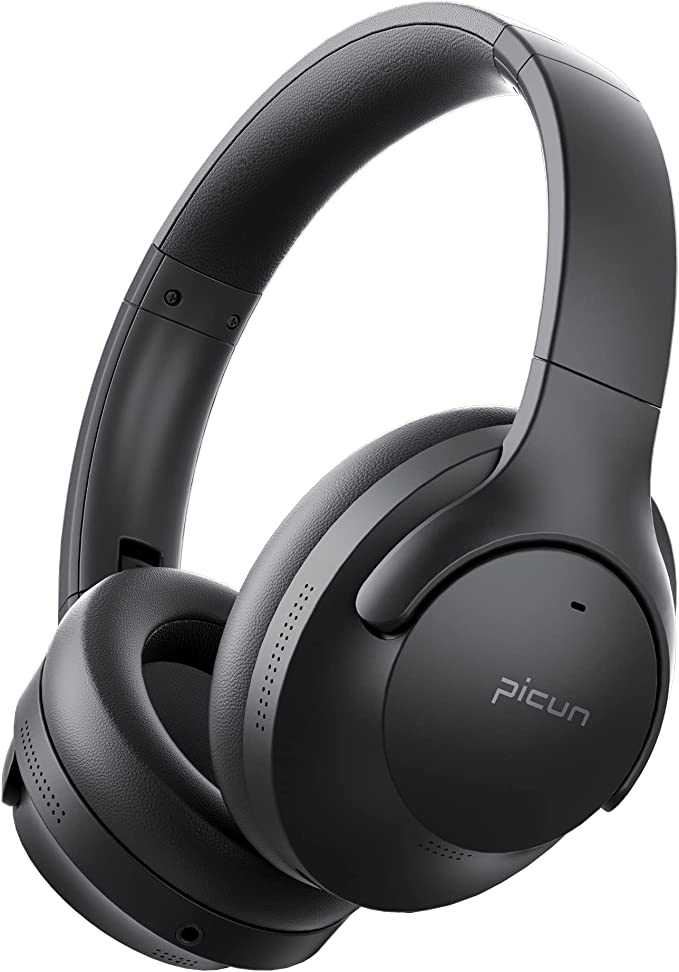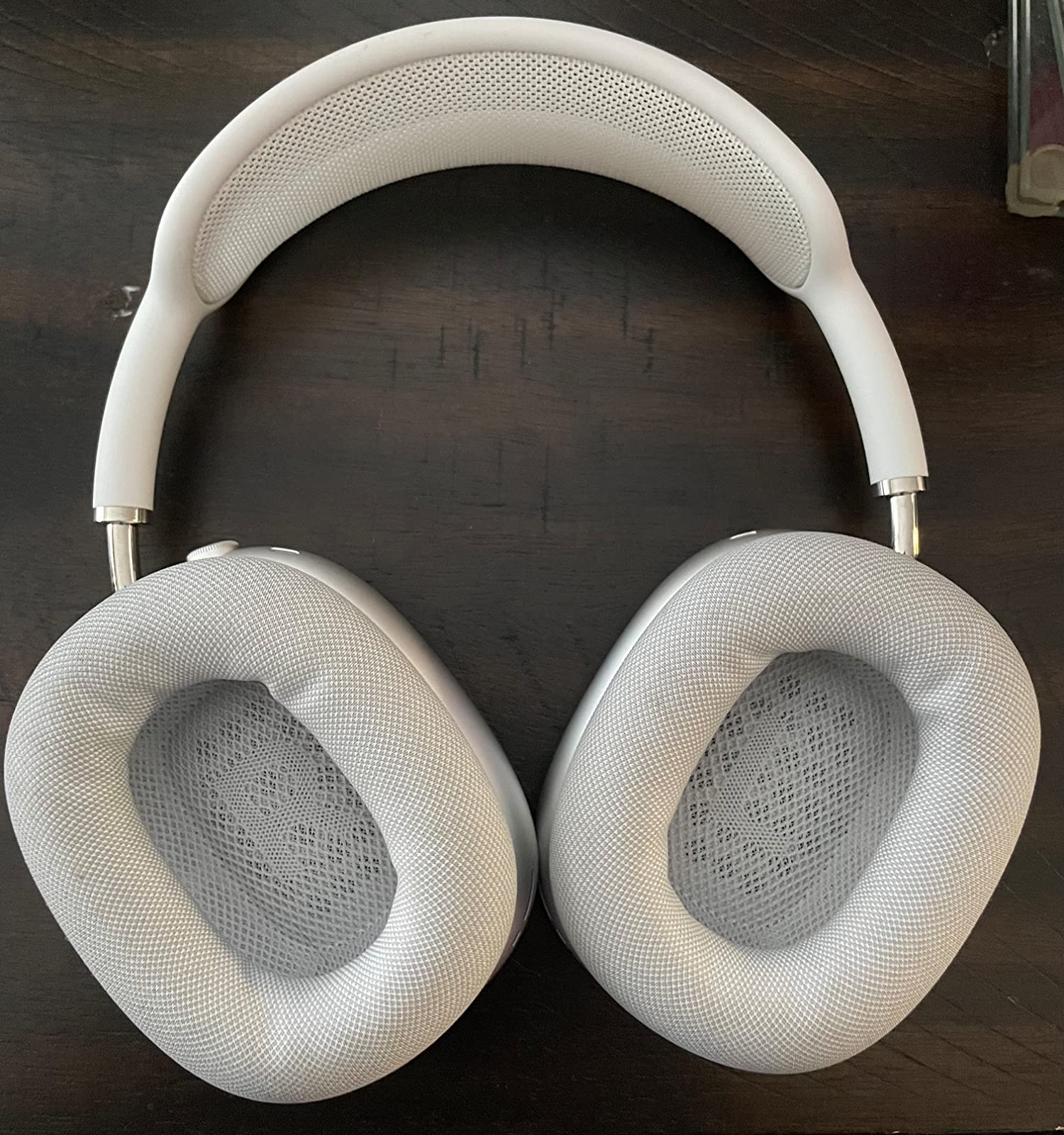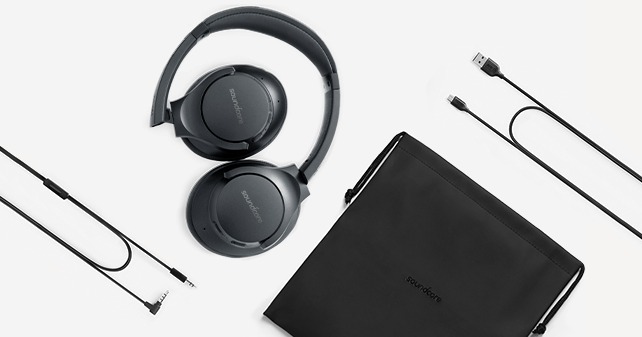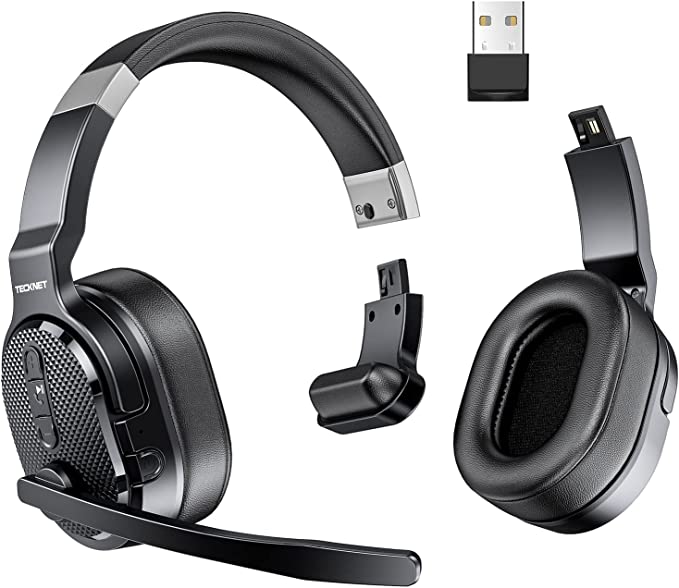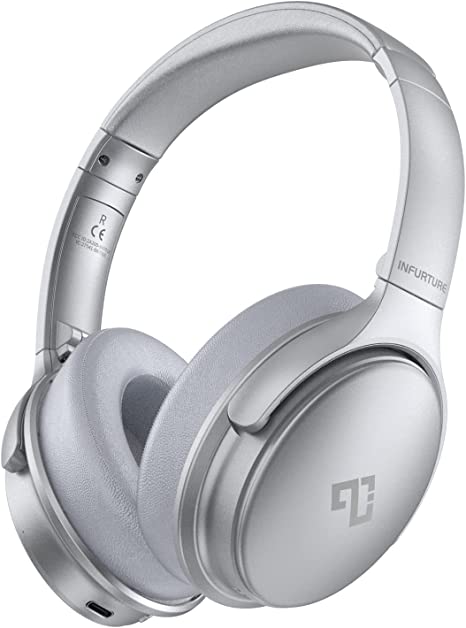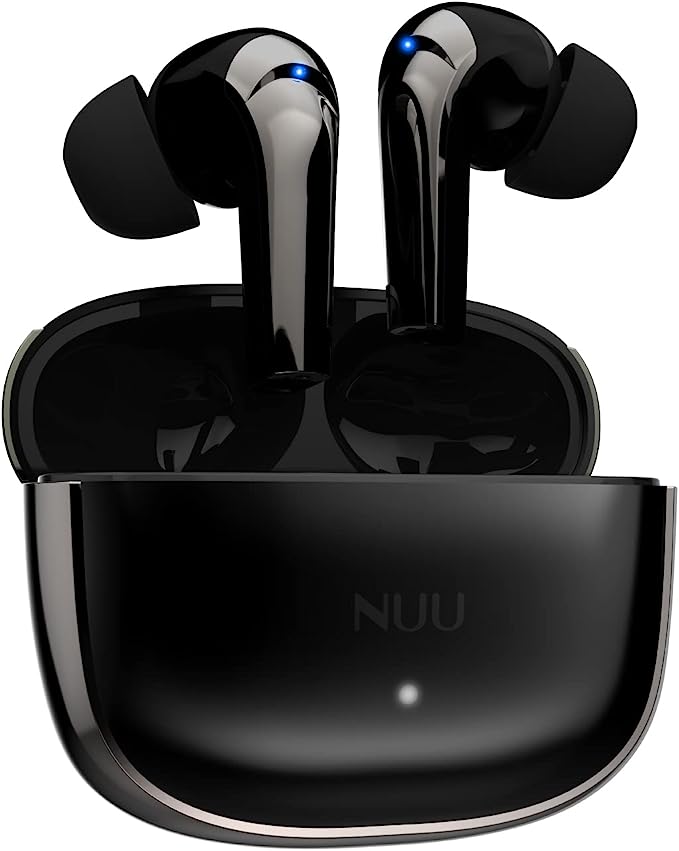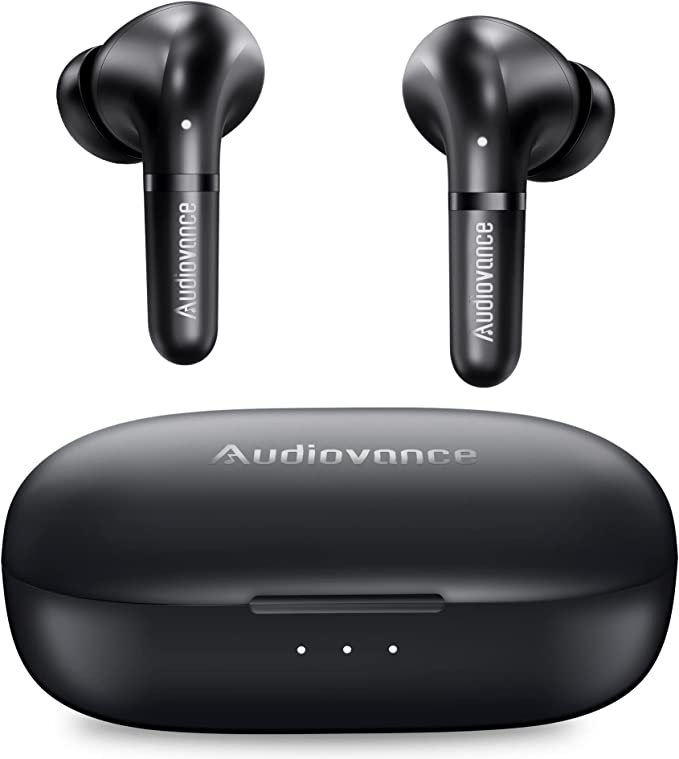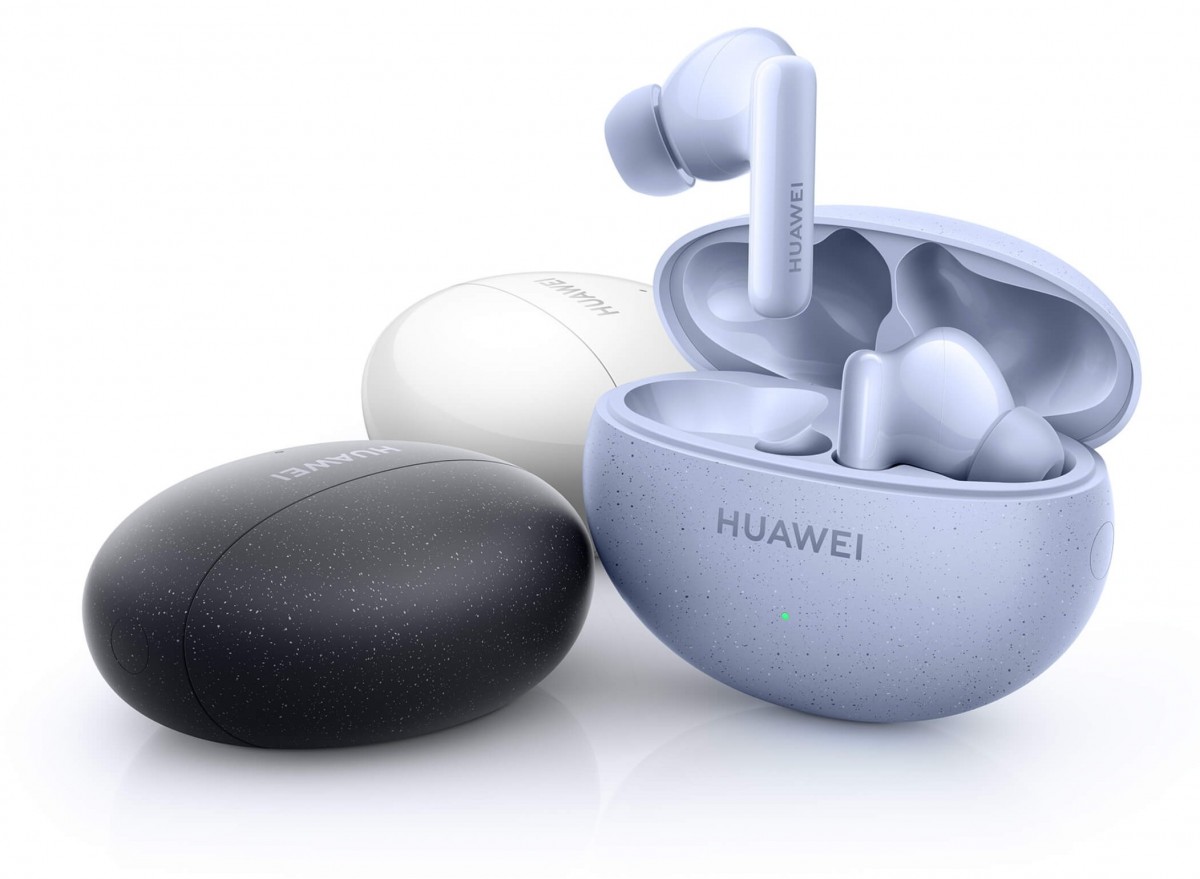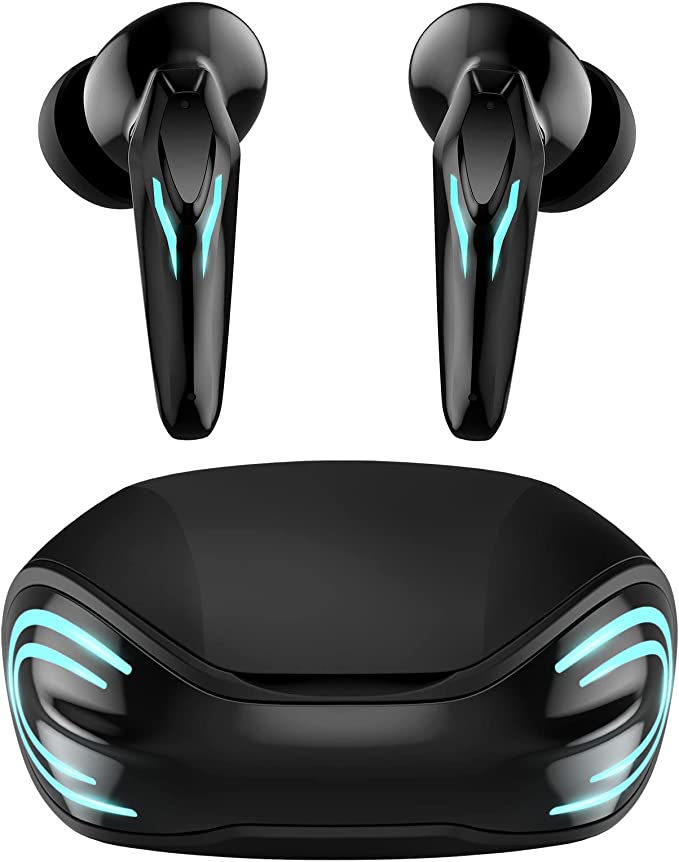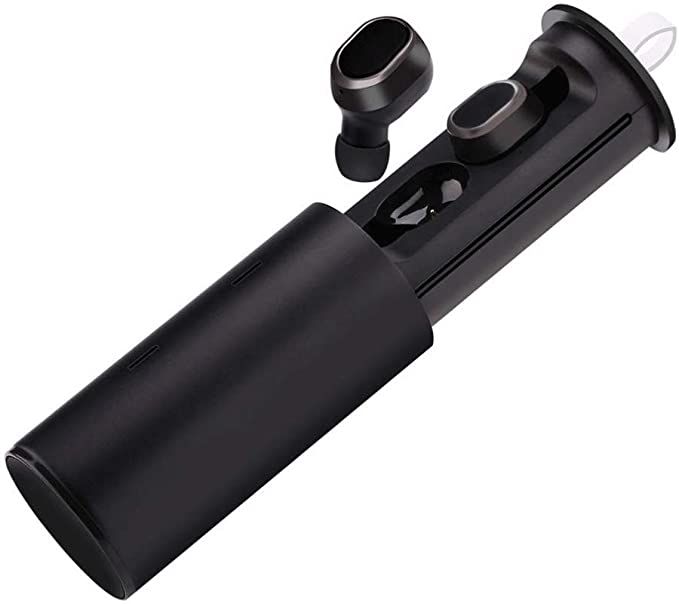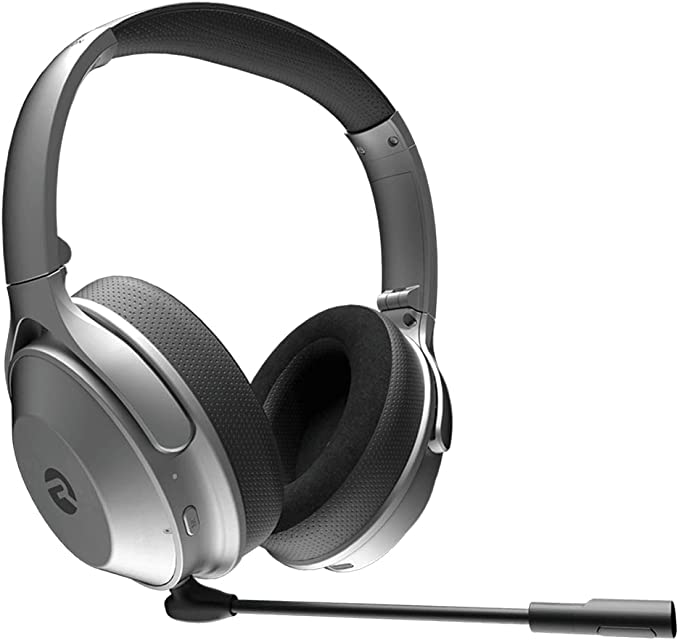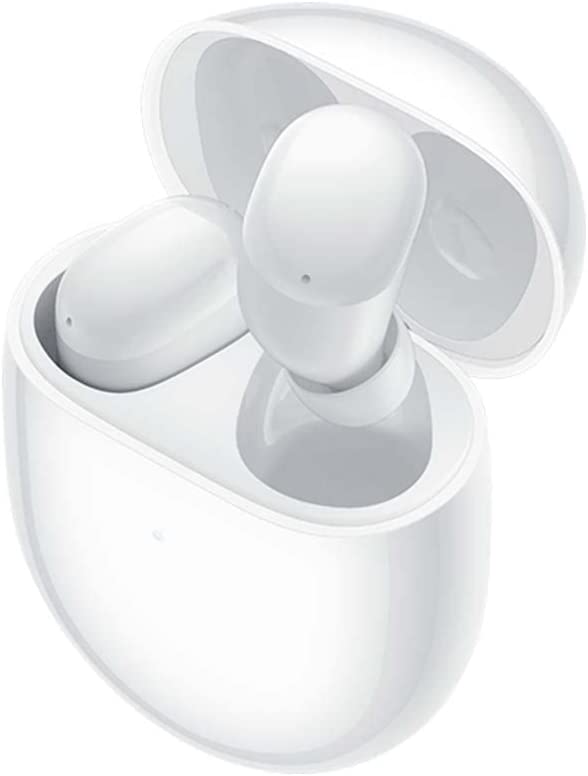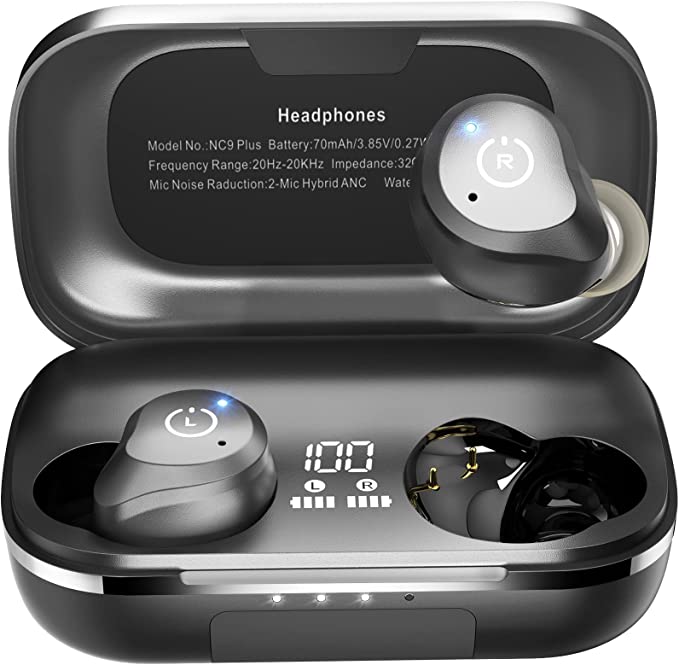The Democratization of Quiet: How Budget ANC Headphones Actually Work
Update on Nov. 13, 2025, 8:53 p.m.
For years, the ability to silence the world with the flick of a switch was a luxury, a feature reserved for expensive, flagship headphones. Active Noise Cancellation (ANC) was a technology born in the demanding environment of aviation, carrying a price tag to match. Yet today, you can find this once-magical feature in headphones costing less than a hundred dollars.
This raises a crucial question for any savvy consumer: how is this possible? Is “budget ANC” a gimmick, or is it a marvel of modern engineering? The answer lies in the art of the intelligent trade-off. By deconstructing a product like the Status Core ANC Active Noise Cancelling Headphones, we can uncover the smart decisions that make a personal sanctuary of quiet accessible to everyone.

The Core Principle Remains the Same: The Magic of Anti-Noise
Regardless of price, the fundamental physics of ANC are constant. The technology doesn’t just block sound; it creates “anti-sound.” Microphones on the outside of the earcups capture ambient noise, and a Digital Signal Processor (DSP) instantly generates a mirror-image soundwave (a process called destructive interference) to cancel it out. This is especially effective against constant, low-frequency sounds like engine drones, fans, and the rumble of public transport.
The magic is real. But making that magic affordable requires a masterclass in value engineering.
The “Good Enough” Revolution: Decoding the 30dB Target
Flagship ANC headphones from top-tier brands might boast noise reduction figures of 35dB or more. A model like the Status Core ANC, in its own honest marketing, states it cancels “up to 30 decibels.” This isn’t a weakness; it’s a strategic design choice.
The decibel scale is logarithmic, meaning a 30dB reduction is a monumental achievement, representing a 99.9% decrease in sound intensity. This is more than enough to transform the roar of a subway into a distant whisper. The engineering challenge (and cost) of achieving those last few decibels of silence increases exponentially. By targeting a highly effective “sweet spot” of 30dB, manufacturers can use more cost-effective chips and microphones while still delivering the core benefit that users crave: a profound sense of quiet. It’s the engineering equivalent of choosing a car that goes 120 mph instead of 150 mph—for daily driving, the performance is virtually indistinguishable, but the cost savings are immense.

Smart Component Choices: Mature Technology is Affordable Technology
Another key to affordability is the intelligent selection of components that are proven, reliable, and have reached economies of scale.
-
Bluetooth 5.0: While newer versions exist, Bluetooth 5.0 is a robust and highly efficient standard. It provides a stable wireless connection, excellent range for most real-world scenarios, and is power-frugal enough to enable impressive battery life. Opting for this mature technology over the absolute latest version allows for significant cost savings without a noticeable compromise in the core user experience.
-
Physical Buttons: High-end headphones often feature complex touch controls. While futuristic, these can be expensive to implement and sometimes finicky to use. The Status Core ANC employs physical buttons. This is a smart trade-off. They are less expensive to manufacture, provide clear tactile feedback, and are arguably more reliable for essential controls like volume, track changes, and answering calls.
-
Battery Life Optimization: Achieving 30 hours of playtime (or 20 with ANC on) is a balance between battery capacity and component efficiency. By pairing a reasonably sized battery with the power-sipping Bluetooth 5.0 chip and an optimized DSP, a long and reliable battery life can be delivered without the cost of a massive, heavy power cell.
The Material Equation: Prioritizing Functional Comfort
The final piece of the puzzle is the physical build. The “feel” of a premium product often comes from expensive materials like machined aluminum and genuine leather. A budget-friendly approach re-focuses on the function of those materials.
The Status Core ANC features an over-ear design with plush vegan-leather earpads. The goal here is twofold: comfort and passive isolation. Vegan leather is a high-quality synthetic material that can provide a soft, comfortable feel and an excellent acoustic seal around the ear, which is crucial for both bass response and blocking out high-frequency noise. It delivers the functional benefits of a premium material without the associated cost, allowing resources to be focused on the core ANC technology.

Conclusion: Not a Compromise, but a Deliberate Design
The existence of affordable, effective ANC headphones like the Status Core ANC is not a sign of cutting corners. It’s a sign of mature technology and smart engineering. It represents a series of deliberate choices, each one designed to deliver the most impactful feature—the gift of quiet—to the widest possible audience.
By focusing resources on a “good enough” level of world-class noise cancellation, choosing reliable and efficient components, and using functional, high-quality materials, these headphones achieve a remarkable balance. They prove that you don’t need to spend a fortune to reclaim your sonic environment. The democratization of quiet is here, and it’s built on the foundation of intelligent engineering.
